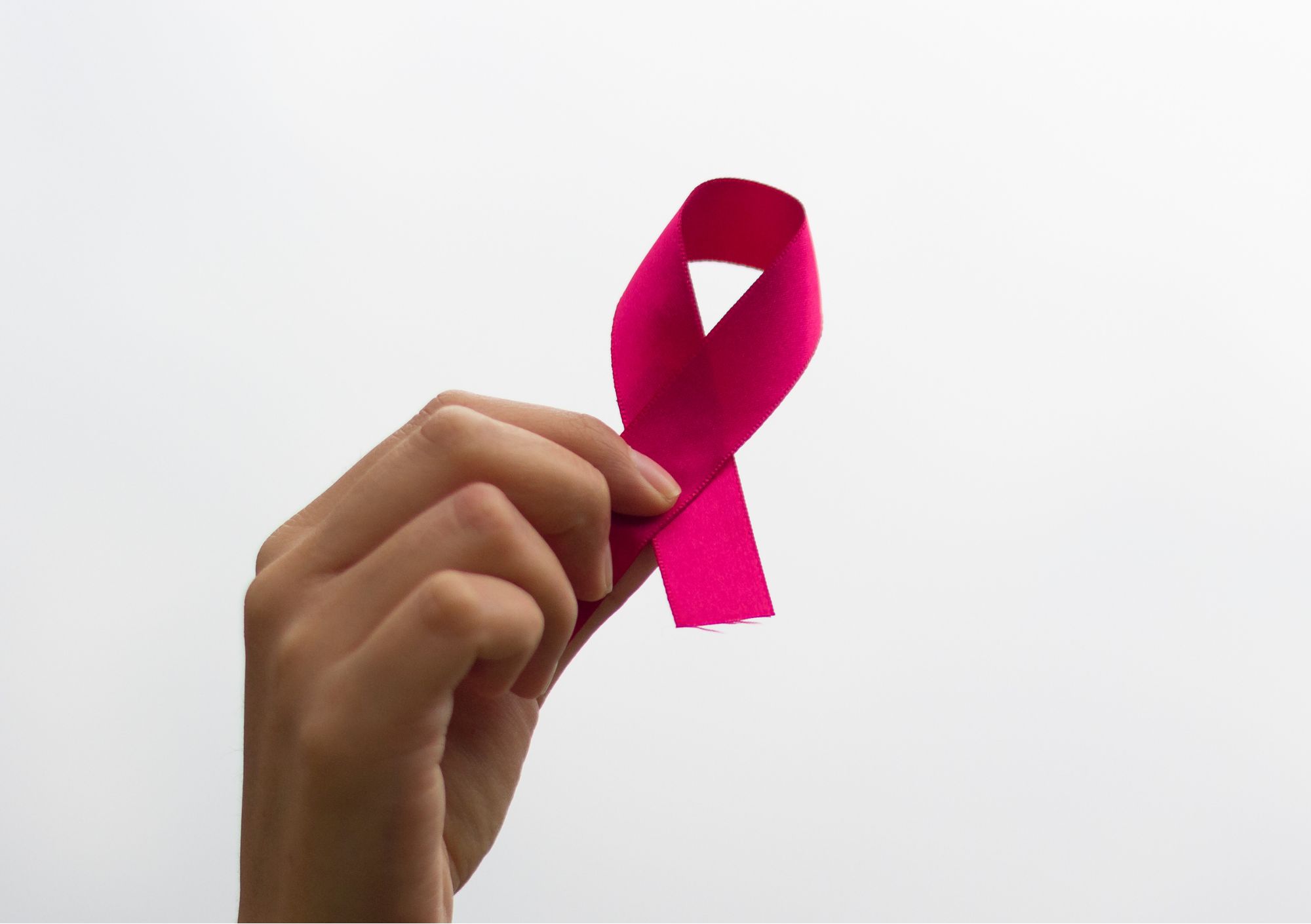Breast screening is a test designed to detect breast abnormalities in women before they are aware of a lump or any other symptom. Early detection significantly increases survival and is associated with less extensive treatment.
The only universally accepted and effective method of breast screening for normal-risk women over the age of 40 is by the use of an x-ray test called a mammogram. This requires a low dose of radiation, approximately the same as the radiation all people are exposed to by taking a return transatlantic flight.
At OneWelbeck we use digital mammography, which produces better quality images, particularly for younger women with denser breasts. With more densely glandular and fibrous breasts, sometimes a special type of digital mammography called tomosynthesis may be used at the discretion of the consultant radiologist. This produces 3D images of breast tissue which may be helpful for diagnosis in some cases.
